Can You Get Your Existing Golf Clubs Custom Fitted? Complexity = Cost
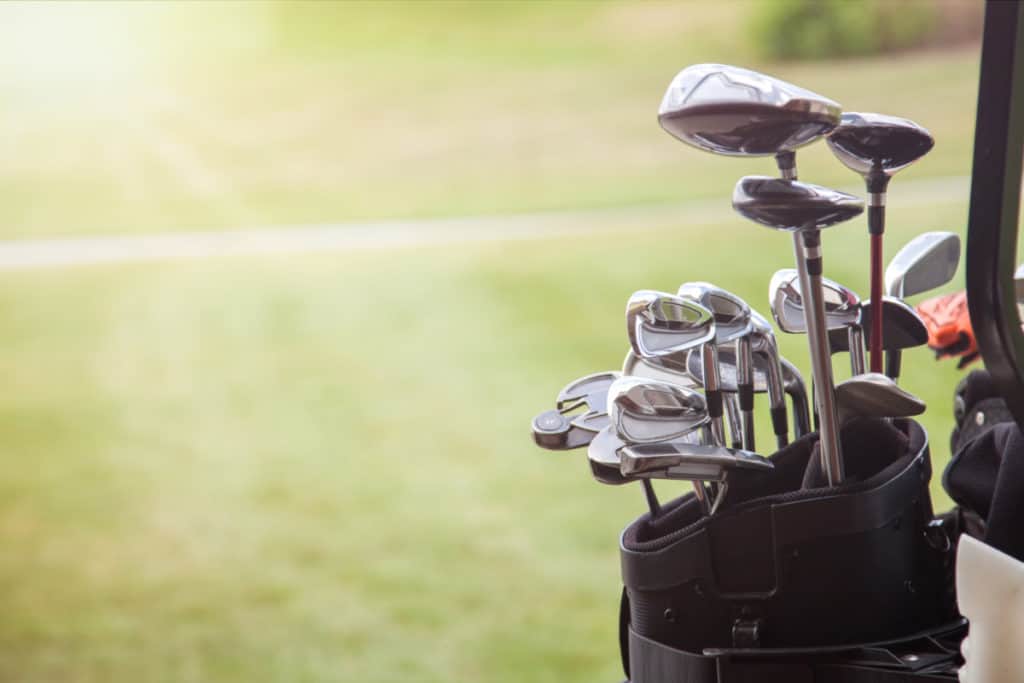
The benefits of a custom golf club fitting are well documented.
The process simply aims to put golf clubs in your hand which have the best shaft, lie angle, loft, and grip to fit your physical dimensions, strength, stance and swing.
Getting custom fitted for golf clubs can benefit any golfer regardless of playing ability but what about if you already have a set of clubs you like but which were not custom fitted for you.
Is it possible to get your existing golf clubs custom fitted if you wanted to?
It is possible to custom fit almost any existing golf club a player uses. Grip, loft and lie changes are the most common but the complexity and cost of retro-fitting a golfer’s current clubs increases as more changes are made, making the case for simply getting new clubs stronger.
It seems simple enough.
A golf club is a golf club and if you don’t really want to give up your current set surely it makes sense to get changes made to your existing golf clubs to get the best of both worlds?
In other words get the benefits of custom fitting but without the cost and hassle of getting a new set.
Unfortunately getting changes made to your existing set is not always straightforward and you need to take care that the changes you want to make don’t alter your current clubs to such a degree that they don’t feel like your set anymore.
Or that the cost of all the changes becomes equivalent or even more than the cost of getting a brand new custom set!
Not All Fitting Changes To Your Current Clubs are Easy
By the time beginner golfers have played golf for a while chances are they will have built their set by collecting different ones from different places along the way.
Or, if you’re like me and have played for a long time, you may have got stuck with the same set of clubs for a number of years and never got round to seriously thinking about changing them because they seem fine.
For these groups of golfers, and others who have simply bought standard clubs off the shelf, they may therefore have a set of clubs that have not been custom fitted for them.
But having become aware of custom fitting and the benefits the question for a lot of players becomes one of whether you can get your existing or off-the-rack clubs fitted after you buy them?
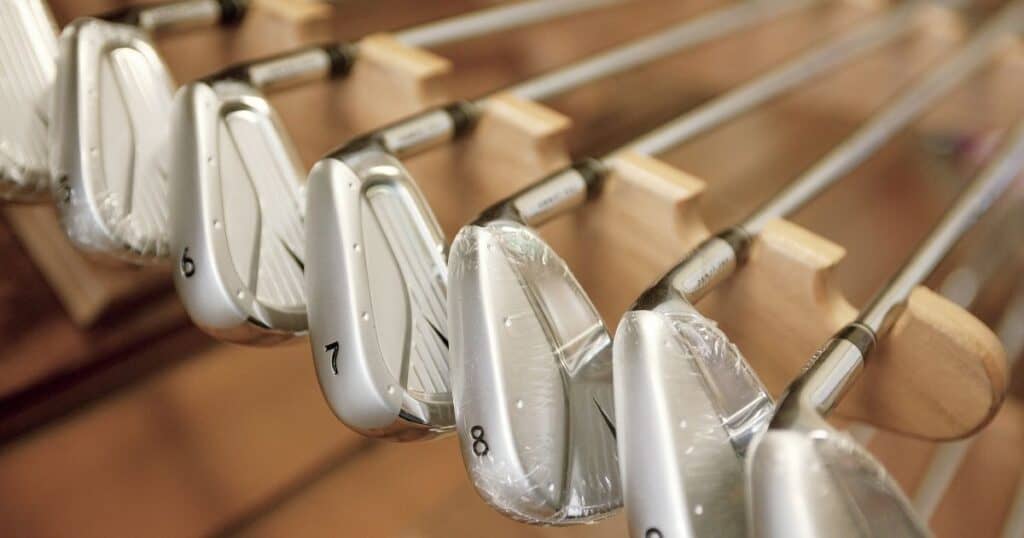
A golfer’s existing or off-the-rack clubs can be fitted for some of the 12 possible fitting elements but not all. Grip, loft and lie angle changes are often possible but alterations including shaft and length are more problematic because of the effect they have on club weight which can lead to big differences in shot outcomes.
So as with everything in golf the answer is not as straightforward as we would like.
There are multiple elements of your current clubs that can potentially be changed but not all of them will always be possible or advised depending on the types of clubs you have now.
So let’s run through the main changes which can be made through a custom fitting and look at the practicalities and pros and cons.
Current Set ‘Make up’ Changes
Changes to which clubs you carry, or the ‘make up’ of your set, is not technically a ‘change’ to an old golf club but it’s an important part of the custom fitting process.
There are still lots and lots of golfers who today are using golf clubs that are not suited for their game.
Players for example with a swing speed of between 85-90 MPH should potentially not have anything lower than a 6-iron in their bag with hybrids or fairway woods making up the rest of the setup up to the driver.
Technology has moved golf equipment on in leaps and bounds over the last couple of decades and a golf club fitting can simply help you to identify which of your current clubs maybe don’t need ‘altered’ but taken out of your bag completely.
[Editor’s note – If you are looking for some help to work out what hybrid clubs you should be carrying, including practical tips such as the ’24/38 rule’, check out our article on this topic here.]
Grip Changes
The most straightforward element of an old club you can change is of course the grip.
It’s very easy to identify poor grips at a custom fitting and get them replaced with ones that not only fit the size of your hands well but also feel better.
However even with grip changes it can be a bit more complex than it first appears.

And that is because of weight.
A big change in the weight of a golf club can lead to big differences in the results of golf shots.
Ball speed, launch angles, spin rates, ball flight etc can all change when the same golfer uses a different weighted club.
And although the shaft is the main way amateur golfers can change the weight of their clubs another way is by changing the grip.
Now it is pretty unlikely that you will choose a new grip for your current clubs at a custom fitting that makes such a difference to the weight of the club that it will change how it plays for you.
However, because every golf swing is different certain players’ swings are more sensitive to weight than others.
So anytime you start changing the weight of a club you are potentially changing its playability for the good or bad.
It’s extremely doubtful that will happen through a change of grip recommended through a reputable club fitter but it is just the first example of unforeseen consequences which can happen when you start making changes to your existing golf clubs.
“Can your existing clubs, or can the clubs you just bought off the rack in a golf store or pro shop be custom fit to your swing and how you play? For a couple of the 12 key fitting elements, yes, for a few more of the 12 key club fitting elements possibly, but for all of them, no they can’t.”
Tom Wishon – Master club maker and 40-year veteran of the golf equipment industry
Loft and Lie Angle Alterations
Next on the list of features of your current clubs which can be changed are the lofts and lies.
Although loft and lie adjustments are done frequently, particularly for regular players with forged irons where the soft metal can is more prone to bend over time, this is not always a very straight forward process.
Not all irons are able easily to be bent and some of them not at all even by an expert club fitter.
Cast irons, for example, which are made by pouring molten metal into a mould to produce a golf club head, can be made of very hard steel compared to soft forged irons which are hugely difficult to bend.
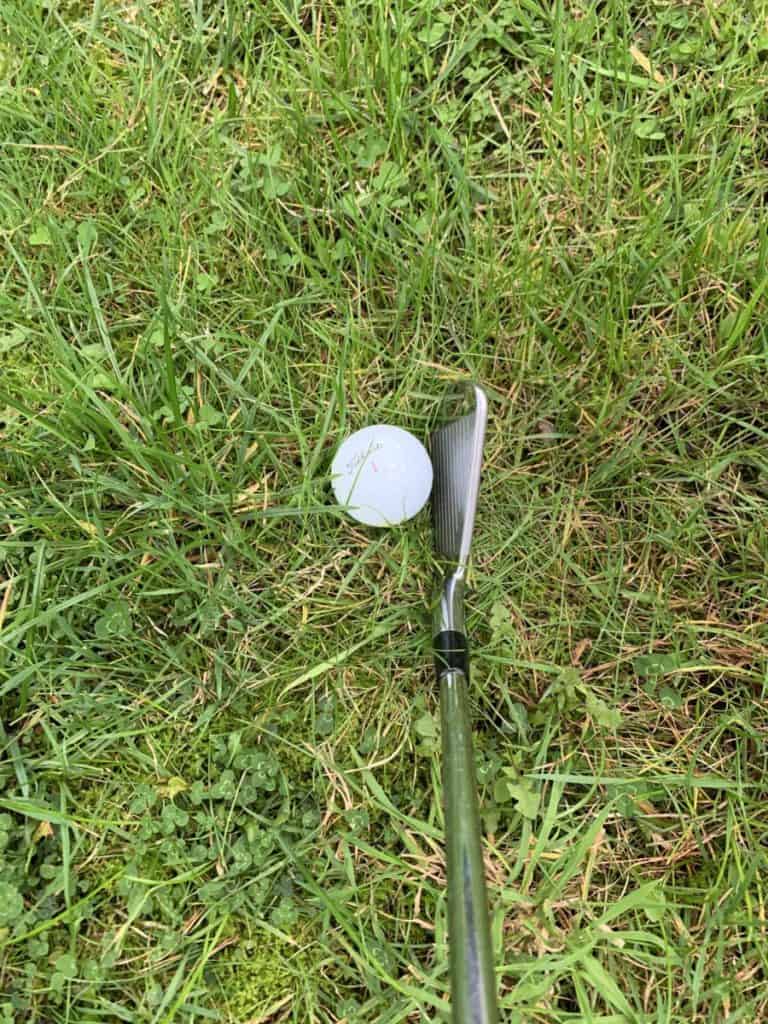
Other cast irons are simply not recommended to bend for loft and lie changes simply because they can break.
It all depends on your specific irons but it’s not always just a simple case of asking for a loft and lie adjustment and it being easy peasy.
When it comes to drivers and fairway woods also a lot of existing clubs are able to have their loft and lie changed because the head will not be able to handle a bend to the hosel.
Even those drivers with ‘adjustable hosels’ that allow for a change of lofts may only result in a change of lie angle rather than the loft if you rest the sole of the driver on the ground at address.
Because the change of loft always requires the club head to be held with the face square to the target which only happens if you hover the club head off the ground before hitting the shot.
And while that’s possible with a driver it’s very hard to do with a fairway wood.
So often if you need a different loft and lie on your current driver and woods you’re going to have to change the club heads rather than adjust your existing ones.
Shaft changes
Switching the old shaft of a golf club and replacing it with a new one is another change to your current clubs which can be done and is very possible for a club fitter to do.
But while the practical element of changing shafts can certainly be done it’s not the only factor you need to consider when it comes to swapping out the shafts in your current clubs.
Firstly, it’s not as easy to switch out shafts and test them out on some older clubs as it is on modern original equipment manufacturer clubs and their fitting systems.
And secondly if your change of shaft means a change in weight of your current clubs then that again is not something to take lightly.

Because weight matters a lot when it comes to golf clubs.
Large differences in golf club weight can lead to vastly different shot results – ball speed, launch angles, spin rates, ball flight etc.
So when the same player uses a different weighted club the distances and accuracy results can be very different.
And no matter what the stats on the launch monitor say the most critical thing when it comes to weight of club is how it ‘feels’ to you.
Feel is without doubt the overriding factor.
Further no matter what you hear around the club house golf club makers are all agreed that shaft weight is more important than shaft flex when it comes to golf shots.
Club fitting expert talking, James MacNiven talking to Golf Digest put it this way – “Golfers can just about get away with playing the wrong shaft flex, but getting the wrong weight can absolutely kill your game.”
Therefore if you are thinking about changing the weight of your current clubs through a shaft change then just be aware that while a good club fitter can definitely do that for you they may also have to make other adjustments.
For example they may also have to add or remove weight from the club head to get the overall swing weight of the clubs to a level that fits your swing and ‘feels’ right for you.
In short, it’s not just as simple as you may be first thought of swapping in some new shafts and the job is done.
Altering the lengths of your current clubs
If you are taller or shorter than the average golfer, and you bought off the rack clubs, it may be that some adjustments will help.
It could be a more straight forward lie angle change but another club change that is possible to achieve the best fit length for your current clubs is making them shorter or longer.
Once again an experienced club fitter can cut your clubs down to size or extend them but that again is also not as straight forward as it may first appear.
Because the hard part when you start taking length off or adding it to existing clubs is again the weight.
Cut a club shorter and the club fitter will likely need to add weight back on to the club head to get the overall weight back to what ‘feels’ right for your individual swing.
And while that again can be done on irons it is a very difficult thing for even the best club fitters to do on drivers, fairway woods or hybrids.
Lengthen an existing golf club and you will potentially need to remove weight from the club head by comparison to get the total weight right.
With irons grinding weight off the club head again can be done but if they are forged you will have to re-chrome the heads or they will rust.
When it comes to drivers and woods though taking weight off the club head is next to impossible as the walls of the head body are too thin.
So in brief, when shortening existing clubs you are much more able to get the overall weight to ‘feel’ like they used to but if you are adding some length to it chances are they are not going to feel like the same club afterwards which may defeat the purpose.
Club head design changes
The biggest change of all to an existing club would be of course to change the club head.
Although it probably sounds a bit odd that someone would want to change the club head of an existing club it is technically possible to put a different club head on the shafts and grips of existing clubs.
But the purpose of doing this is highly questionable.
Not only does it require some analysis by an experienced club fitter to see if it’s possible for your current clubs but if the club head of your existing club or clubs is indeed wrong for you and your swing it would seem a very odd approach not to choose simply to buy another club or set of clubs.
In summary therefore it’s clear to see that are a whole raft of changes an experienced club expert can make to custom fit your existing clubs.
Just be absolutely clear though that what sounds like a ‘simple’ change on paper may have a list of other consequences which you had not initially thought of.
The more you change your existing clubs the more unintended consequences there may be.
As such you need to absolutely clear that the result of a custom fitting of your current clubs, if you are determined to hang on to them, will improve rather than detract from them.
Lots of Changes Get You Closer to a New Set
We have run through the list of things that you can get changed on clubs you have already bought – grips, lofts, lies, shafts, lengths etc – through a custom fitting.
But even if the limitations which we’ve already discussed don’t apply to your set and all your changes are possible there’s always the main element to consider.
And that is of course cost.
Say you want to only change the most straight forward thing on your existing clubs – the grips. On average the cost to re-grip a club is roughly $10 so if you are changing grips on the whole set of 14 clubs that’s $140.
Add in a loft and lie change for your current irons and you’re probably looking at around $30-50 for the club fitter’s time then another $30 on the cheaper end to bend 7 or 8 clubs.

Change the shafts on a few clubs and you are into the hundreds of dollars. particularly if you are getting into the specialist custom options available.
So you can easily see that if you find out from the custom fitting assessment of your current clubs, the shafts are wrong and you need new grips and loft and lie adjustments it could get costly.
As well as risk damaging your clubs in the bending process.
Looking at it another way let’s say your current clubs which you want to get custom fitted cost $600 (£470) two years ago.
On average a two-year-old golf club will depreciate close to 60% which means by the time of the custom fitting they will be worth $240 (£188).
For what other piece of equipment that you have would you potentially invest the same amount or more of their value into it?
Especially when that investment could take you potentially more than half way or more towards the cost of a fully custom fitted new set.
Now don’t get me wrong.
I am not saying that buying new clubs makes financial sense either. Given how much golf clubs depreciate it is not and never is.
Nor am I saying that it is always a bad idea to get some custom fitting changes made to existing sets.
If you play regularly and use forged irons for example a loft and lie check every year or two is definitely advised as the soft metal can undoubtedly bend to alter the lofts over time.
Grips obviously wear out sometimes too and need to be replaced.
The main point when it comes to costs is that if your custom fitting recommends major alterations to your current clubs you will more than likely end up putting a lot of money into a set of older clubs whose value has depreciated a lot since you bought them.
If you are very attached to your existing clubs and have your heart set on taking them to the next level with a custom fitting then just be aware the costs can add up and make take you closer to the cost of a new set of custom clubs than you thought.
A good club fitter will undoubtedly keep you right and take you through what are good and bad alternatives to your current set up.
Just make sure you go into the process with your eyes open as to what’s possible and what it may cost.
Custom Fitting as a Gift for Golfers
A lot of people also think about getting a ‘custom fitting’ as a gift for golfers to let them get their current set of ‘standard’ golf clubs analysed and improved.
You could always just buy them the fitting to let them see what they need but just be aware as we’ve discussed the main cost is more often not the custom fitting session itself but the costs of the changes which are recommended as a result.

You may not want to pay for them also so that’s something to bear in mind.
And if you think they are improving a lot already and getting into the game more and more gifting them a few lessons may be a more straight forward gift.
You could also possibly consider specialist lessons on specific parts of the game also – like short game or putting lessons – if you want to get something a bit more niche.
More great articles related to this topic
- How Much Does a Golf Club Fitting Cost? Is it Worth it?
- Should High Handicappers Get Fitted Clubs? The Benefits Apply to All
- Is a Putter Fitting Worth it? It Removes a Variable or Three
- Should I Get Fitted for Golf Clubs Before Lessons? Get Both Together
- How Often Should You Get Fitted for Clubs? Use the 3 Tests
- Best Places to Get Fitted for Golf Clubs – A Complete Guide
- Should a Beginner Get Golfer Fitted for Clubs? Focus On Enjoyment
- Are My Golf Clubs Too Old? It’s Performance Not Age That Matters
- Are My Golf Clubs Too Heavy? Trust Your Feelings
- How Long Should a Club Fitting Take? Take Your Time!
RECENT ARTICLES
LEGAL INFORMATION
This site is owned and operated by Golfing Focus Limited, a private limited company whose registered office is in London, UK. Golfing Focus Limited is a participant in the Amazon Services LLC Associates Program, an affiliate advertising program designed to provide a means for sites to earn advertising fees (at no cost to you) by linking to Amazon.com. Golfing Focus Limited also participates in other affiliate programs with the eBay Partner Network, FlexOffers, CJ.com, Svorn and other sites and is compensated for referring traffic and business to these companies (again at no cost to you).
Our Socials


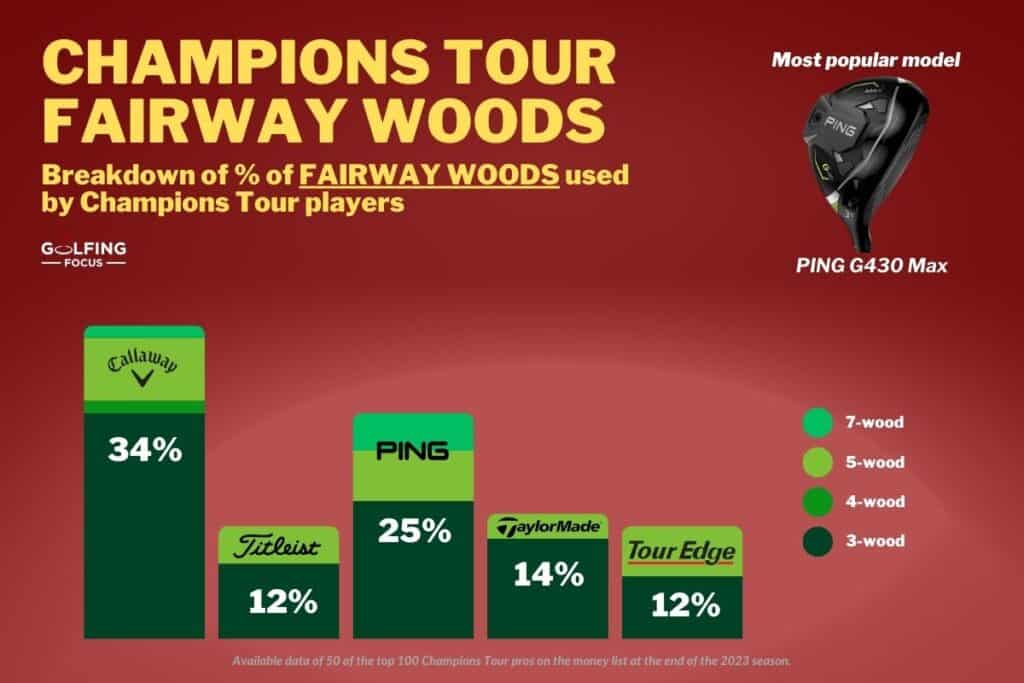
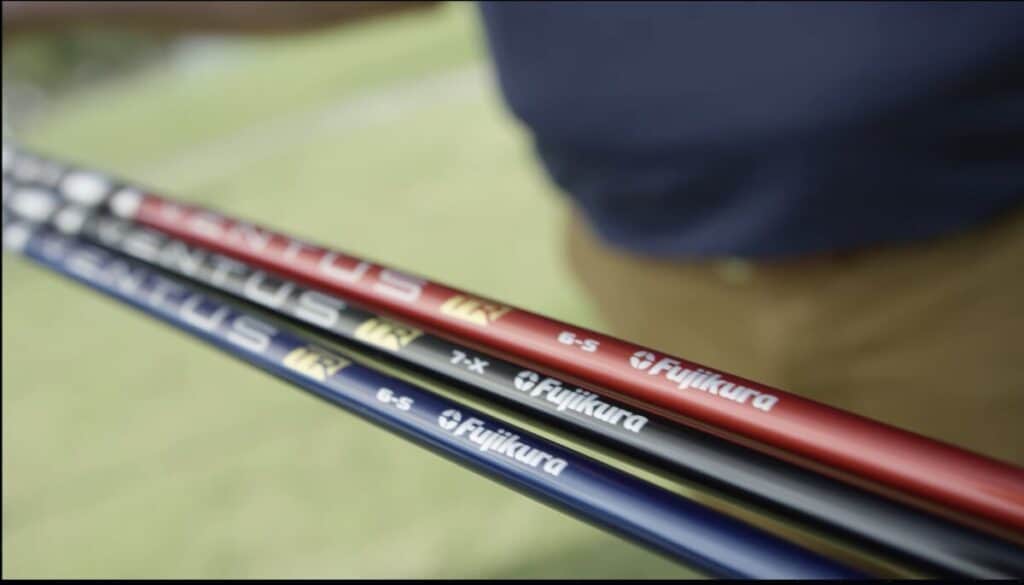
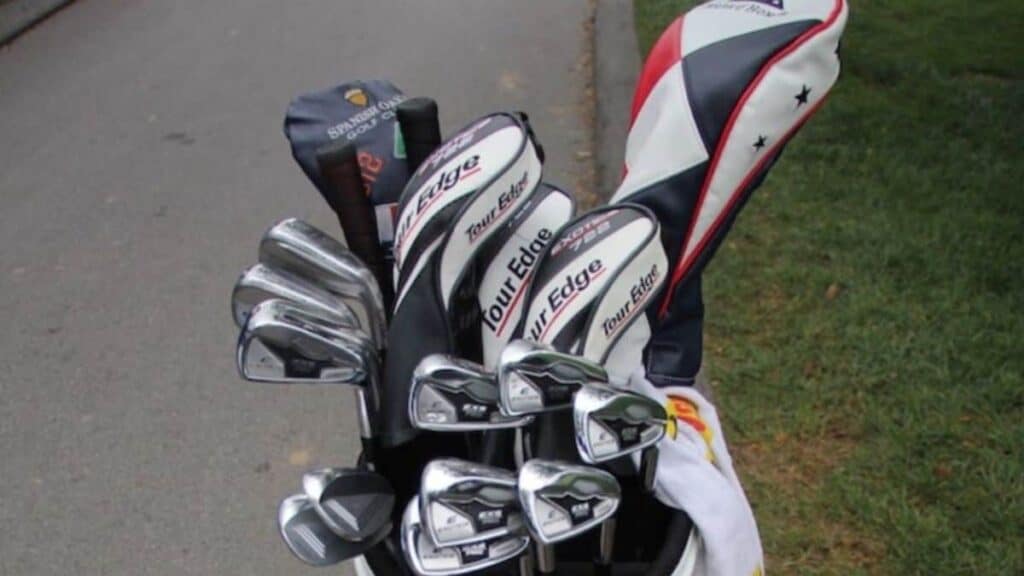
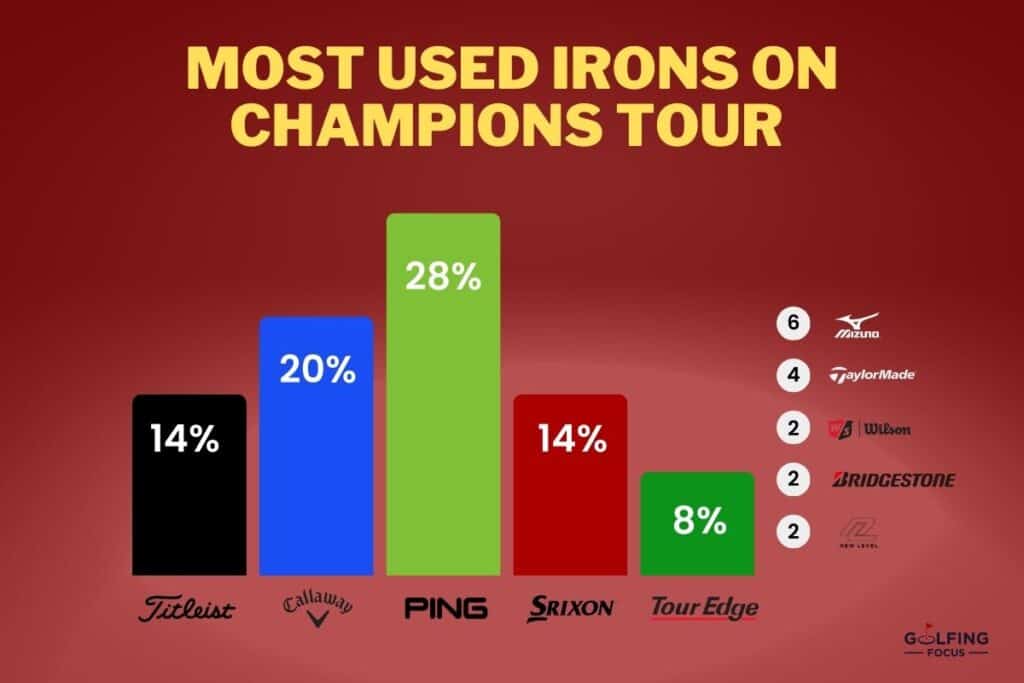
Leave a Reply